Like most of us on the Autopian staff, after cars I have a sort of secondary obsession. I think we all do? Mercedes has trains and airplanes, Thomas has his tight pants, Adrian has his disdain and Legos, Matt has his weird testosterone-supplement MLM thing, David has his having no idea what goes on in most of pop culture, and so on, just to give you an idea. And I have my ridiculous and archaic old computers. Well, the other day I happened to find a really strange and, I think, interesting overlap of my two ridiculous obsessions.
This overlap came in the form of a letter to the editor in the February 1983 issue of Byte, the Small Systems Journal, as they say. This issue is a pretty exciting one, as the cover story is about the then-new Apple //e (the computer I got for my Bar Mitzvah) and the Apple Lisa, Apple’s pre-Macintosh first foray into the world of graphical user interfaces and mouse-driven interactions.
Here’s the cover, in case you’re looking for it on your highly organized shelving system or in one of the piles that surround the bare, strangely perpetually damp mattress that serves as your bed (or both):
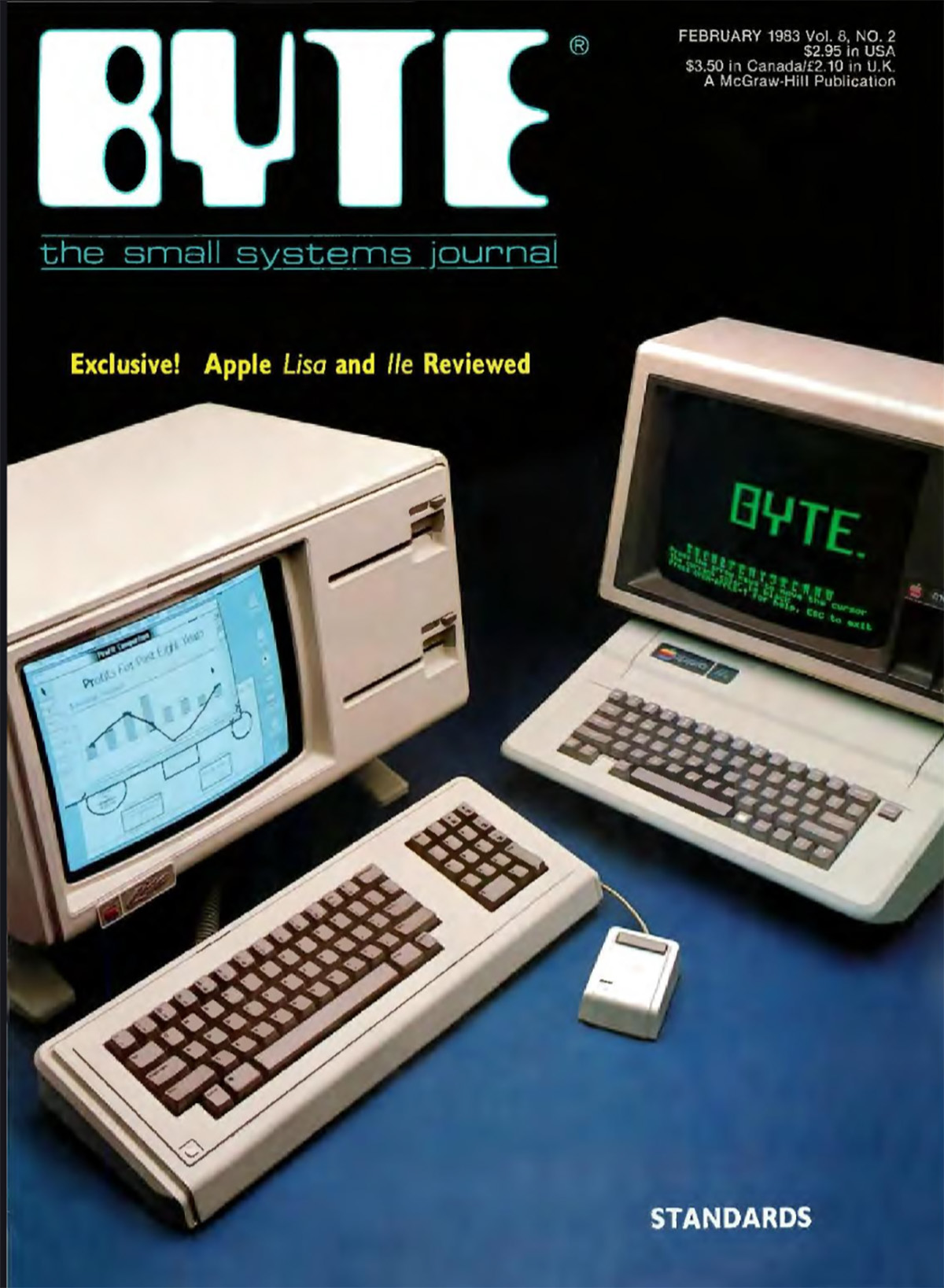
There’s also that one lonely word “STANDARDS” at the lower corner of the cover, which is sort of a theme for the issue – there’s articles about standards for the BASIC programming language, text, graphics, serial interfaces, and more. Earlier issues seem to have addressed this as well, because this issue contains this letter that caught my attention:
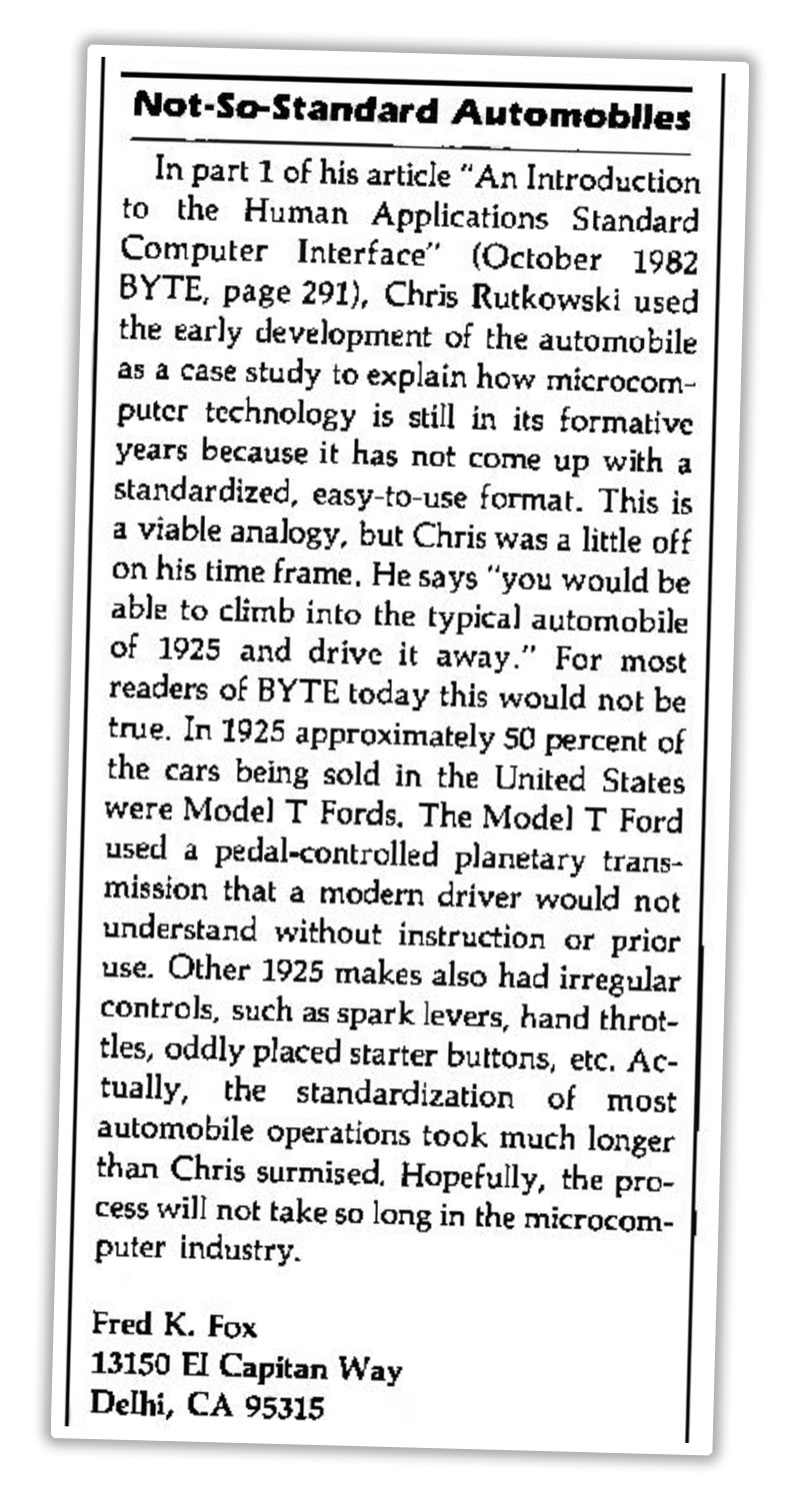
Before I get into the subject of this letter and the path of thought it led me down, it’s worth noting that Fred K. Fox is something of a legend, especially in the Studebaker collector and historical community. He’s written hundreds of articles about Studebakers and their history and arguably, the definitive book about the marque, Studebaker: The Complete Story. So this isn’t just a letter from some basement-dwelling computer geek, this is from a legitimate automotive expert.
That maybe explains why the automotive metaphor referenced in the letter stuck out to the fantastic Mr.Fox so much: it was about cars, and it was kind of wrong. And even before the internet, many of us can’t have someone be wrong, in any mass media, about cars. It seems the article Fox read was also one about standards, which stated that pretty much anyone could “climb into the typical automobile of 1925 and drive it away,” suggesting that cars had managed to become standardized with regard to basic user interface controls pretty early, and computer interfaces should follow suit.
Of course, Fox’s beef with this was a very valid one, noting that in 1925, about half of the cars on America’s roads were Ford Model Ts, which used a completely different setup of pedals and levers to operate it. The steering wheel would work as expected, at least.
Fred Fox’s point is well-taken, but it also begs the question: when did the standard pedals/shifter/steering wheel/other basic controls standards actually appear? And what was the first car to put them all together, and be something that pretty much anyone (well, anyone who can drive stick) could drive today?
Well, the first car that is generally accepted to have basic controls arranged as we understand them today is the 1916 Cadillac Type 53.
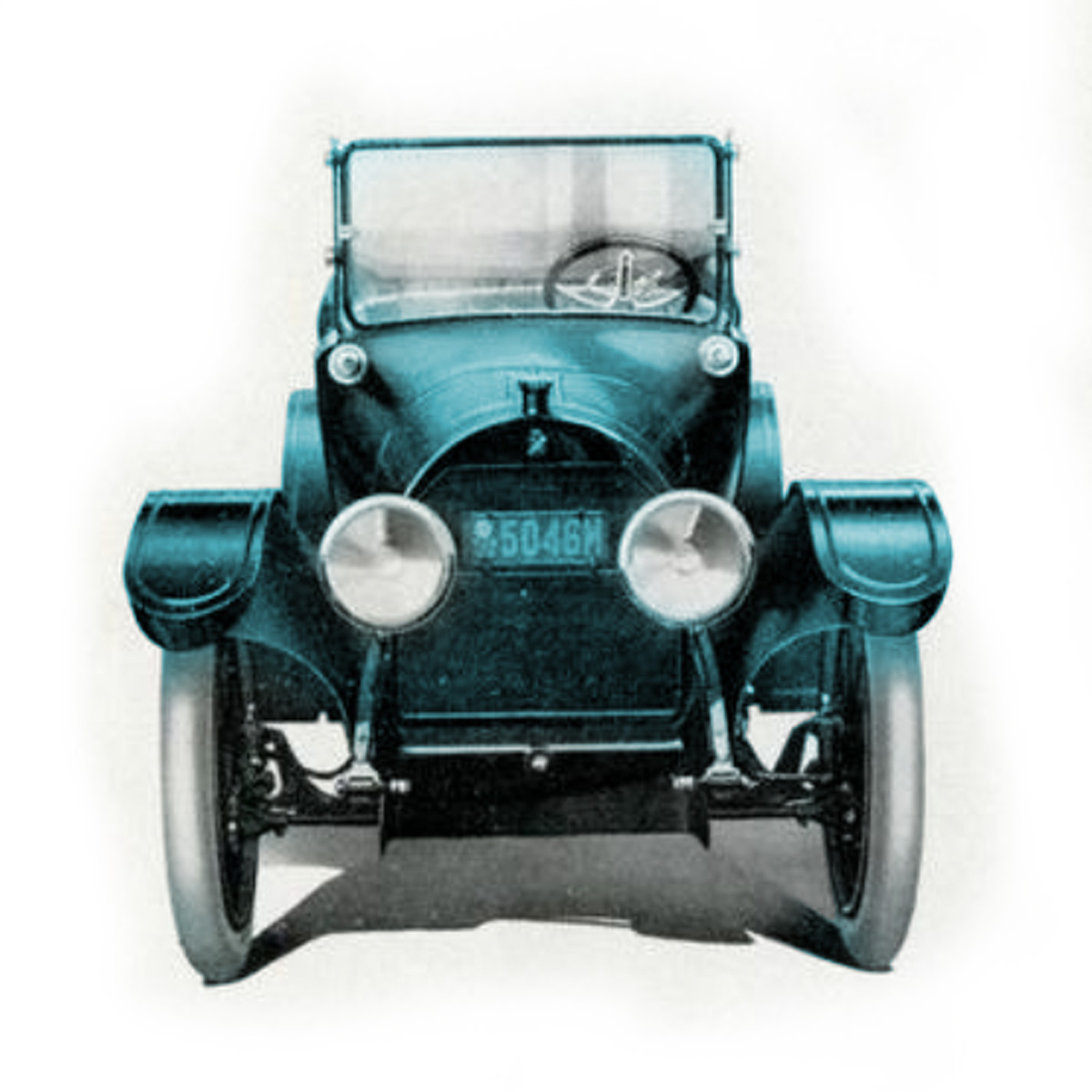
This isn’t to say that after 1916 all cars magically conformed to the standards that our muscle memories know, but that this Caddy seems to have been the first to incorporate all of the big key features in places we generally expect to still find them today: clutch, brake, and throttle pedals, in that order, a gearshift and handbrake in the middle of the floor, in front of the seats, a key-operated starter, and, of course, a steering wheel.

I don’t think Cadillac designed this car with the goal or expectation of setting a basic standard that would last over a century and counting; I think they just arrived at a workable combination of elements that had been being experimented with for about two or more decades at that point, more if we want to go back to the early steam era.
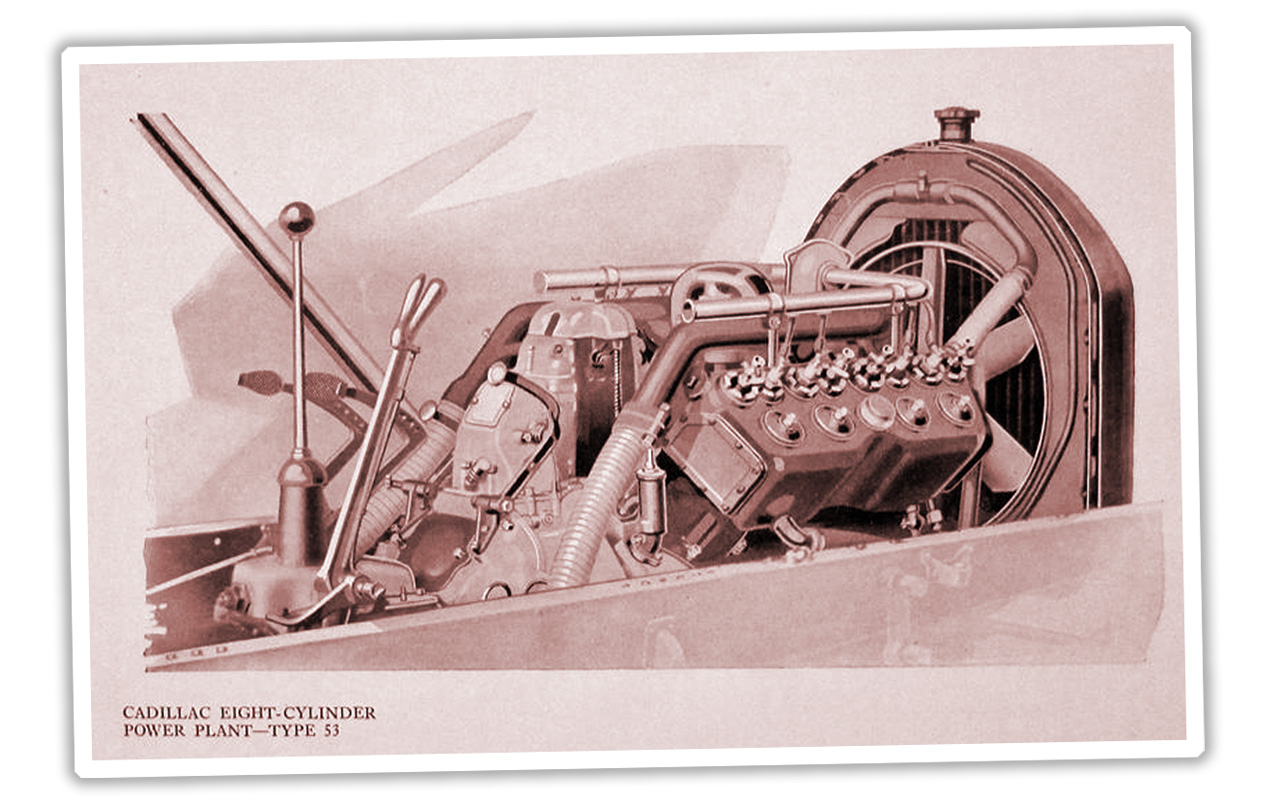
It seems to have caught on, though, and while there were still plenty of cars that did not adhere to this layout – all those Model Ts, for example, or things like the 1925 Hanomag I drove years ago that had a central gas pedal – eventually pretty much every car came around to this standard arrangement of controls.
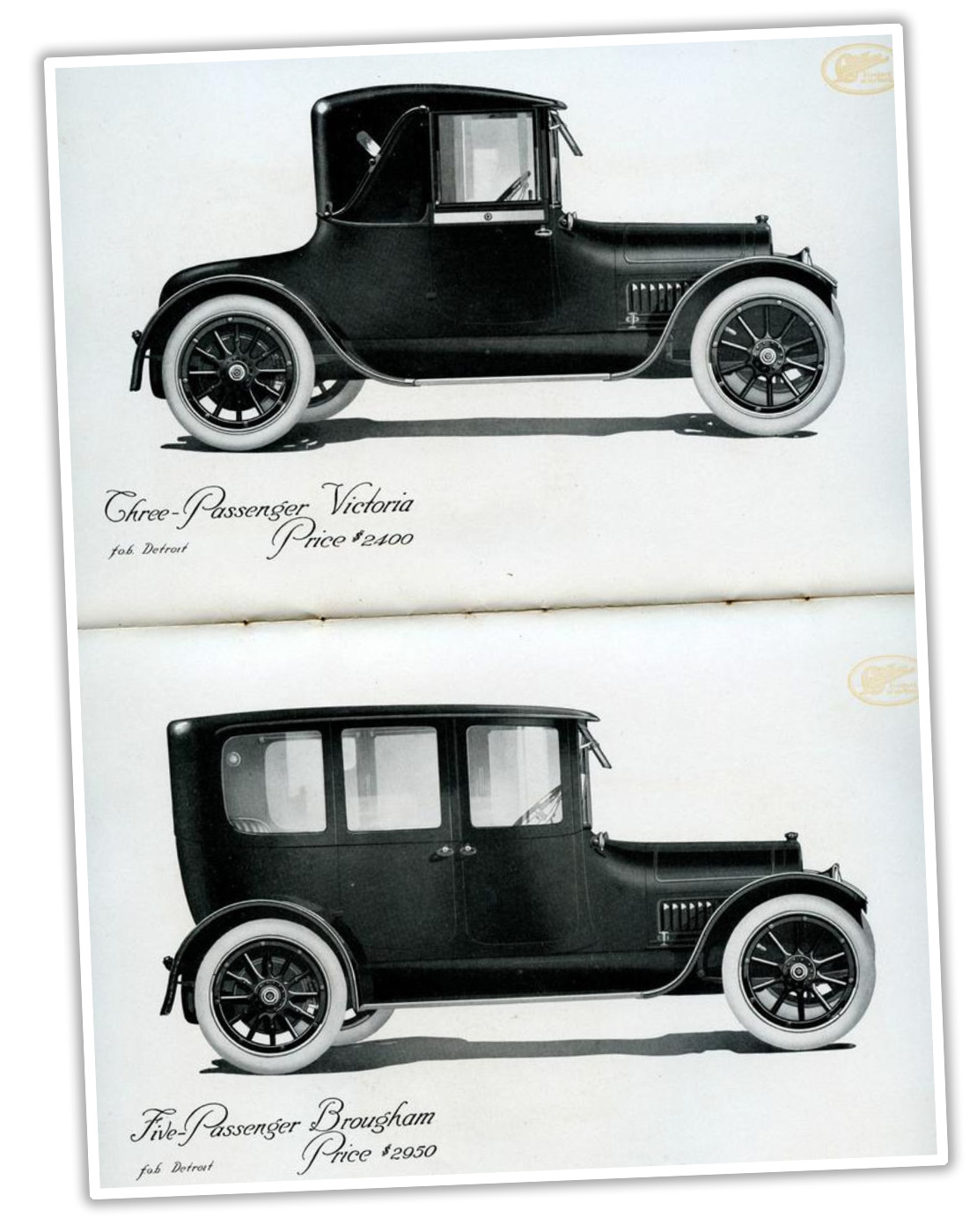
I suppose the question now is, as Fred Fox wondered, have we now arrived at a standard way to interact with computers, like we have with cars? In a way, I think we have, and it’s hinted at on the cover of the very magazine that started us down this rabbit hole. It’s that Lisa, the start of mass-market graphical interfaces on computers. It was a failure, but it’s successor, the Mac, was not, and from there we got Windows and all the other GUIs and I think the basics of that – windows, mouse, clicking, pull-down menus, and so on – are a standard on par with car pedal arrangements.
We’re also well into another standard for touch interfaces – pinching and spreading fingers to zoom in and out, scrolling, tapping, all that – so I think overall, we actually are doing okay with human interface standards. So much so that we can now be annoyed with touch screens in cars, which feels like some kind of closure of a cycle.

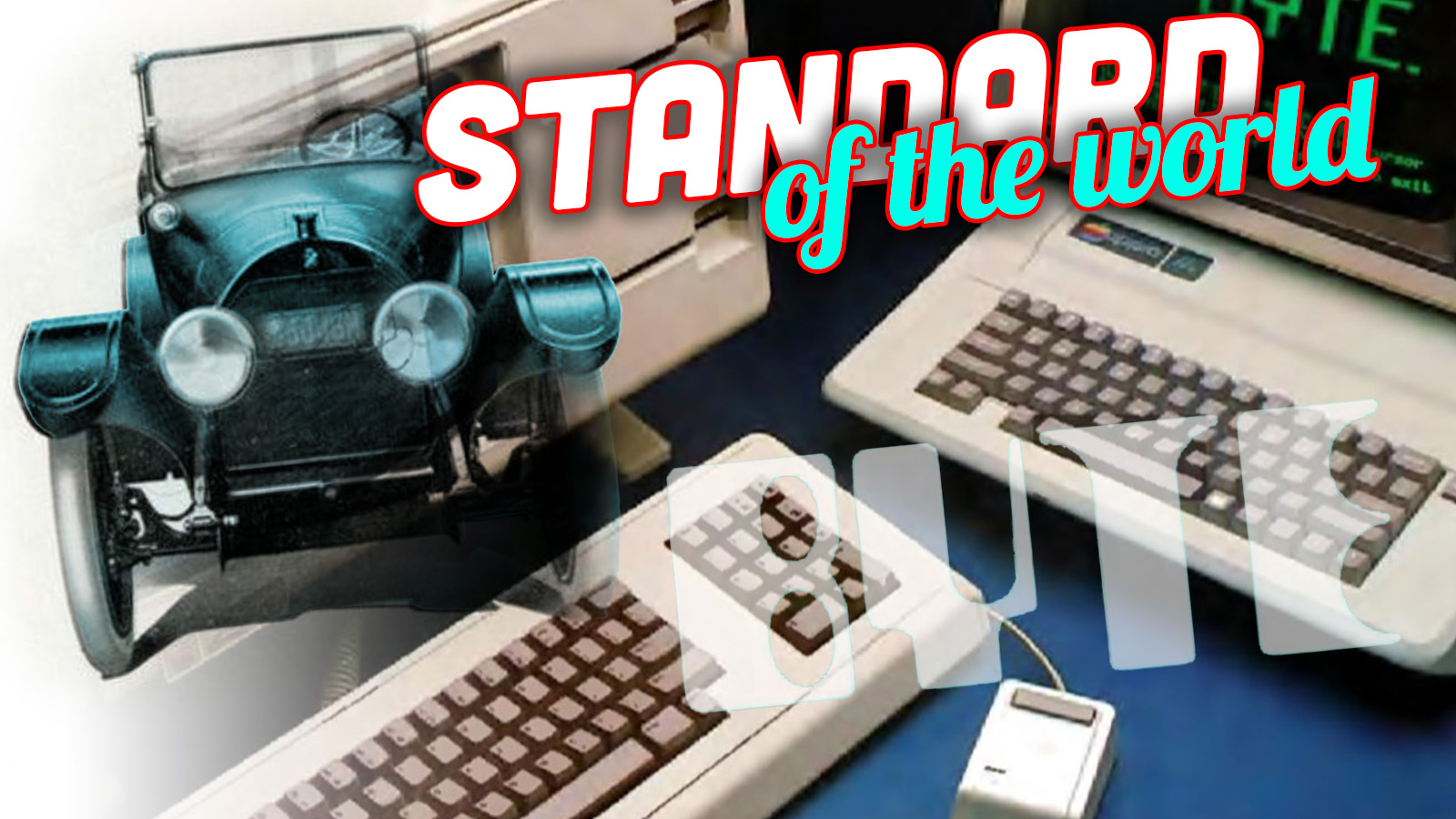




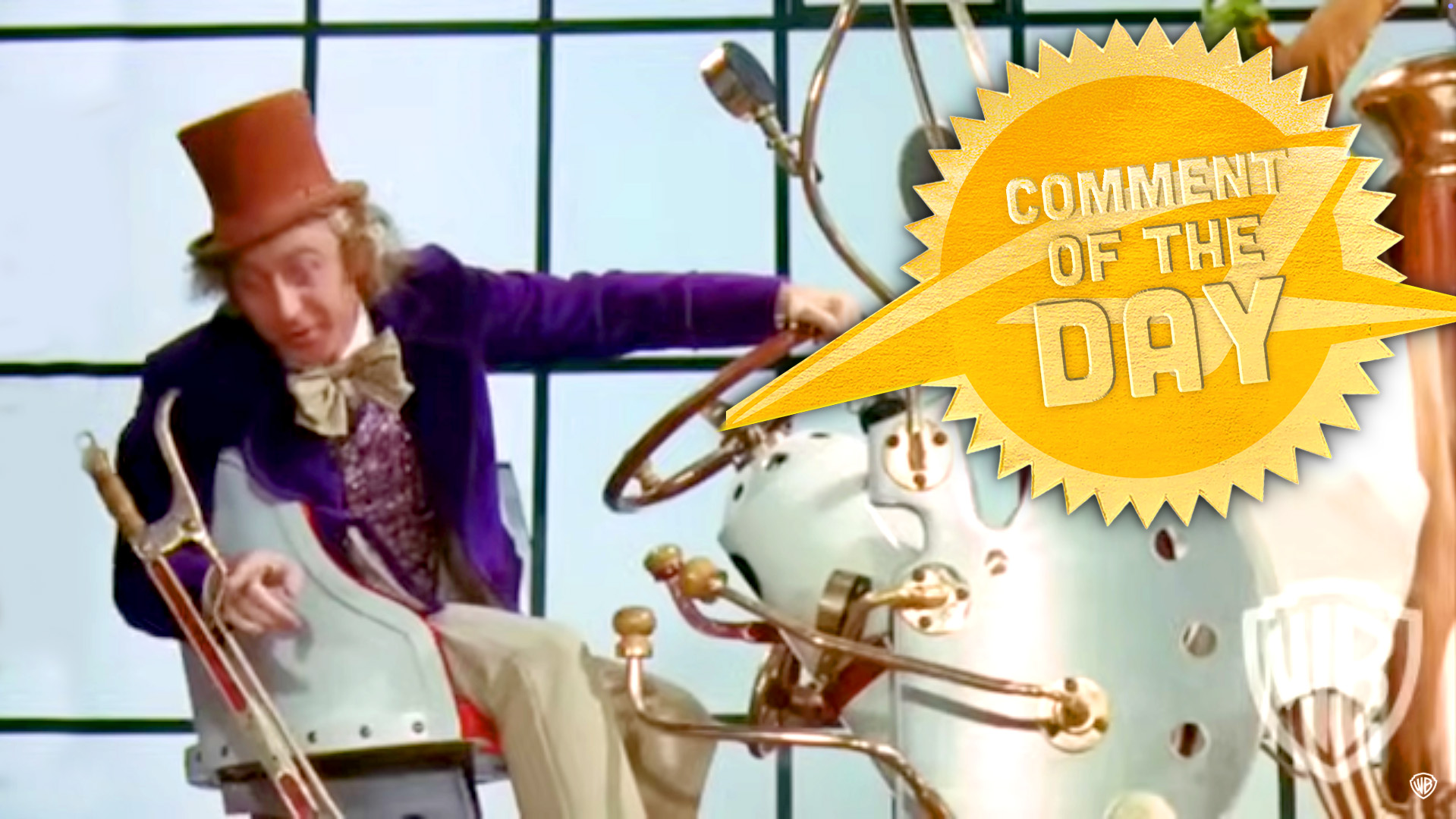


Not to be too pedantic, but the GUI and mouse were invented at Xerox PARC.
Fox’s comment that Model T’s with their 1908-level non-standard weirdness accounted for half the cars in the road in 1925, suggests another parallel…
The Model A Ford adopted all the conventions in 1928. It wasn’t the first, but Henry sold FIVE MILLION of those things in four years, despite the onset of the Depression. I think you could say the Model A was the Windows 95 of cars – it acknowledged the evolving standard and locked it in place.
—
Also, FWIW, the Model T standardized left-hand drive in the US. That was still open for debate in 1908, but 15 million Model T’s later the question was settled. My son’s early 1929 Model A was one of the last “universal” cars Ford tried to make – it has holes on both sides of the frame for the steering box to accommodate UK export. Ford dropped this feature during the Model A’s production run.
The clutch pedal on the left is a leftover of the early right-hand steering wheel cars. It actuated the clutch directly, pivoting on a bushing fixed to the transmission case. Evidently, it was practical, and I, as a kid, had a chance in the 60s to experiment with two such vehicles. A “RUBY” pick-up and a Chevrolet (?) car, both Argentinian market right-hand drive, of the early 20s. So I assume that when left-hand drive took over, people were already used to the pedal arrangement.
This is excellent Autopian that scratches two of my itches – cars and computers.
I think the Lisa is absolutely the right pick as commercial production prototype of the modern computer. It would still have many small unfamiliarities for today’s users, though… just like the Cadillac. I’m guessing the starter was a button in the floor, not key actuated. And while manual shifting is still somewhat familiar to some modern drivers, shifting without synchros would be a bit of a stumbling block.
I had a year without a car after a tree fell on my old Volvo, which my insurance company informed me was worth basically nothing, but I digress…
So, during that year, I rented a car at least twice a month, and I became well acquainted with the staff at my local Enterprise. I would reserve the cheapest sedan available, which they never had, so I’d get free upgrades.
One afternoon, the rep brings around a 2nd gen Lincoln MKZ, and leaves it idling with the door open for me to quickly and easily pull away.
And I sat in the drivers seat for what had to be at least 5 minutes trying to find the transmission controls, which were not to be found on a column shift of on the center console, either in shifter or button interface, but were inconspicuous silver buttons set into the silver bezel that surrounded the instrument display.
I recently had a new Hyundai Sonata for a rental, and it took some experimentation to figure out how to put it into gear. Here’s a picture of the gear selector.
https://www.reddit.com/r/Hyundai/comments/1jp26rl/what_is_this_abomination/
There is a “D P R” pattern on it, and up and down arrows, so I thought that you were supposed to push the stalk up or down to select D or R, but no. Instead, you rotate the end of the rectangular stalk. I wonder if people have broken these stalks on rental cars not knowing that it is supposed to rotate.
Several years ago I had a MB C-Class for a rental, where the gear selector is a stalk on the side of the wheel. But it doesn’t have any detent, you don’t have to pull it towards you to change gears like a traditional column shifter. So, I was going to lunch in the rental, pulling out of the parking lot and it had started to rain. I subconsciously tapped the stalk like I always do in my Mazda, but instead of turning on the wipers, it put the car into neutral as I was trying to pull onto the road with traffic coming. Not a fan.